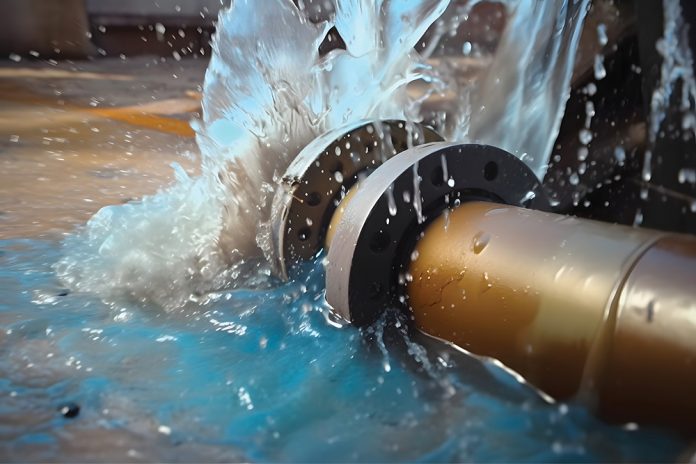Every second counts when it comes to water leakage. Failure to monitor a water system network for new and existing leaks can have disruptive consequences for both water utilities and surrounding areas. By prioritizing the identification of new leaks as they occur, water utilities can save valuable time repairing a pipeline before the leak escalates. With a focus on clean water and wastewater applications, Business Development Director for water Martin Duff discusses the challenge of identifying leaks across a water distribution network and how Atmos International’s (Atmos) leak detection solutions can provide support.
Clean water
Existing leaks which have worsened over time can cause more disruption to a clean water operation than a new leak because the supply of water will likely need to be cut off for a longer period of time. Additionally, leaks that develop into ruptures in trunk mains typically result in more customer minutes lost (CMLs) and a larger fine for the water utility, due to a higher number of properties being reliant on that water supply.
Wastewater
Because the properties in wastewater effluent are highly variable, a leak of any size has the potential to cause a pollution incident that endangers public health and the surrounding environment, which attracts heavy fines for the water utility.
The wastewater network doesn’t typically have the opportunity to re-route effluent in the same way that the clean water network can re-route drinking water, so it’s harder to mitigate the consequences of a wastewater pipeline failure. It’s therefore important to find rising main leaks as soon as possible after they occur.
Fast leak detection
Atmos’ early warning solutions for the water industry have the capability of detecting leaks within 30-120 seconds*, reducing end user water supply interruptions and reducing the associated regulatory penalties relating to CMLs.
For wastewater operations where there’s a risk of pollution, early warning solutions from Atmos have the potential to locate and alert on new leaks as they occur, giving water utilities the maximum amount of time available to mitigate the consequences of the leak, reducing the risk of wastewater contaminating the surrounding area and avoiding potential fines.
*Data based on estimates using currently available hardware at Atmos
Accuracy is key
Because new leaks on a pipeline generate negative pressure waves (NPWs), the negative pressure wave (NPW) method of leak detection is vital for clean water and wastewater operations. Not only that, but key to the NPW method is making maximum use of the data available.
Instead of solely relying on a supervisory control and data acquisition (SCADA) unit or distributed control system (see Figure 1a), Atmos uses 60 Hz negative pressure wave data that sees deeper to detect newly forming leaks (see Figure 1b).
Precision leak location
The pressure sensors used by the negative pressure wave method at Atmos are processed to identify leak location with superior accuracy, which can be further supported by the human element of engineers analyzing the data offline. For existing leaks, long distance acoustic noise correlation and pressure/flow distribution analysis can be used to locate them.
Make every second count with multimethod leak detection
A water leakage reduction solution should have fast and accurate leak detection and location capabilities. Whilst it’s important to find new leaks as they occur, it’s also important to incorporate additional methods of leak detection such as acoustic noise correlation and advanced pressure/flow distribution analysis to identify leaks that already exist.
We recently presented on the challenge of leak detection in the water industry at the 2023 Global Leakage Summit. Discover the range of methods we use to overcome those challenges to support the water industry here.



